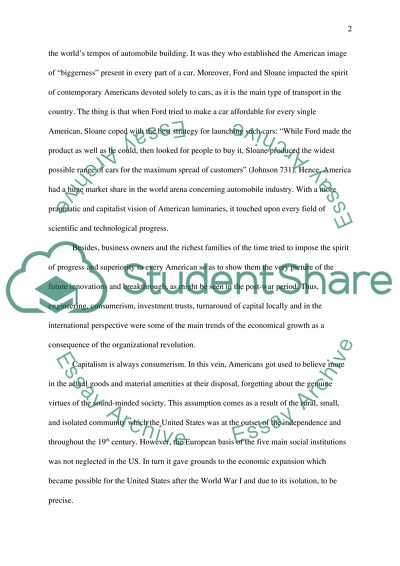Cite this document
(“The Organizational Revolution in the United States Essay”, n.d.)
Retrieved from https://studentshare.org/history/1427021-the-organizational-revolution-in-the-united-states
Retrieved from https://studentshare.org/history/1427021-the-organizational-revolution-in-the-united-states
(The Organizational Revolution in the United States Essay)
https://studentshare.org/history/1427021-the-organizational-revolution-in-the-united-states.
https://studentshare.org/history/1427021-the-organizational-revolution-in-the-united-states.
“The Organizational Revolution in the United States Essay”, n.d. https://studentshare.org/history/1427021-the-organizational-revolution-in-the-united-states.


